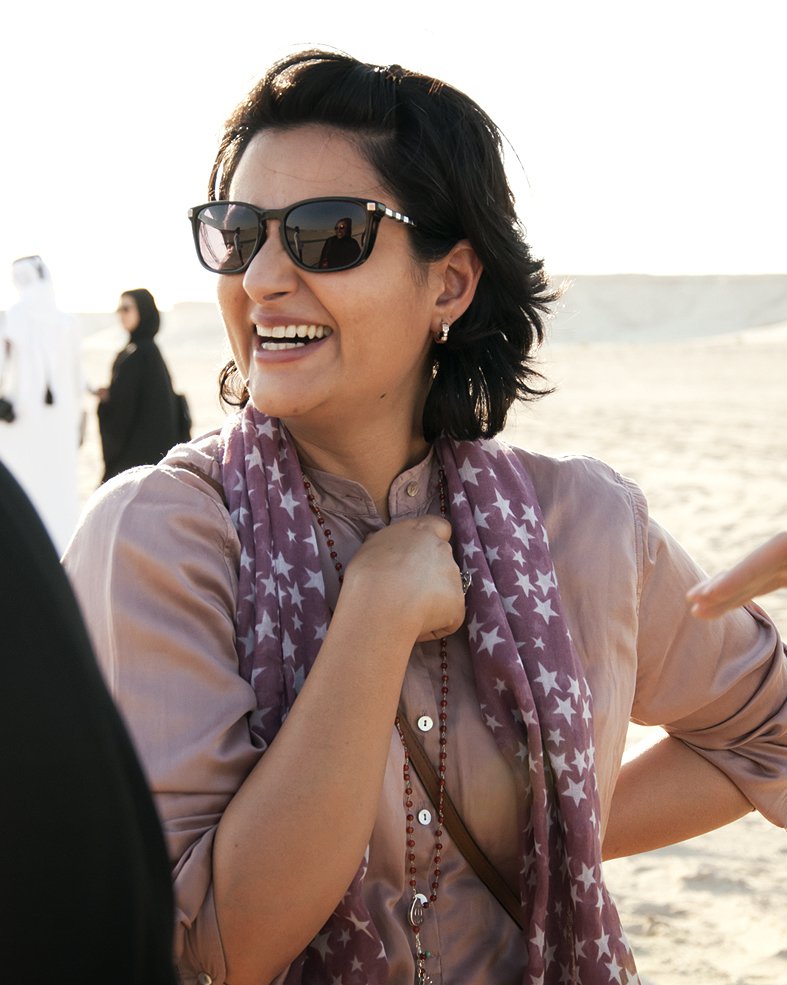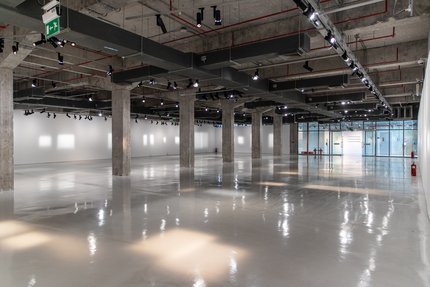Tell us about the Fire Station and how Qatar Museums is involved.
We’ll have studio spaces for new artists who live in Qatar. An independent panel judges entries and successful applicants are with us for nine months – that’s quite a long time. It makes sure we get a real commitment.
It’s interesting, special and different. It promotes and encourages new artists. It shows that Qatar Museums wants to play a role not only in major collections and shows but also in creating opportunities for creative minds.
It gives them the support they need to grow, and they’ll really benefit from the international network of contacts that Qatar Museums has. They’ll get guidance and mentoring from people from across the art world. We’re shaping something new here, and it’s exciting.
Can you describe the space?
The building has a nostalgic feel. It had a function – it was an actual fire station – and we’re repurposing it to do something else. There’s a wonderful tower, which the firemen used to use.
It’s covered in LED lighting and there’ll be announcements here. The location is special too. It overlooks the heart of Doha.
It is a space for the community. There’s a fabulous gallery, which will be dedicated to emerging artists. It won’t be about the big names. MIA and Mathaf of course have a certain calibre of artist, but we can be more experimental. We can take more risks.
Later, we’ll open an annexe with a cinema seating fifty people, a restaurant, a café, a bookshop, a plaza for families and space for workshops on all kinds of things, from print-making to metal-working. It’s going to add a beautiful layer to the artistic scene in Doha.
Tell us more about your background.
I’m an artist – I’m from the region. That’s why for me, seeing this level of support makes me extremely happy. I studied abroad – in Boston and then at the Slade School – because things like this weren’t available to me at the time.
I came to Qatar in 2008 for the opening of MIA. I was head of the art education department. I organised a calendar of lectures, seminars and extensive community events. It’s interesting to see kids using MIA, and it’s great to see schools using the museums. In Europe and the States, it’s common to see kids sitting on the floor in museums and sketching. For me to see this in my region, it’s very fulfilling.
I then went to the Public Art department as my heart’s in contemporary art. The Fire Station was a golden opportunity. We’re a small team of dedicated people. Many of us are products of the contemporary art field – like Noor Abuissa, our assistant curator who’s a recently graduated art student. We work with lots of love and passion, and we’re happy to grow alongside our artists.
What inspires you to do the work you do?
Working with emerging artists. We can open their eyes to a different world. They’ll benefit from the type of support I had in Boston. Alone, it’s hard for artists to progress, but interaction helps people develop artistically. I do this work out of love. I don’t want to be overly romantic – of course, there are obstacles, but if you believe in something, you do it.

